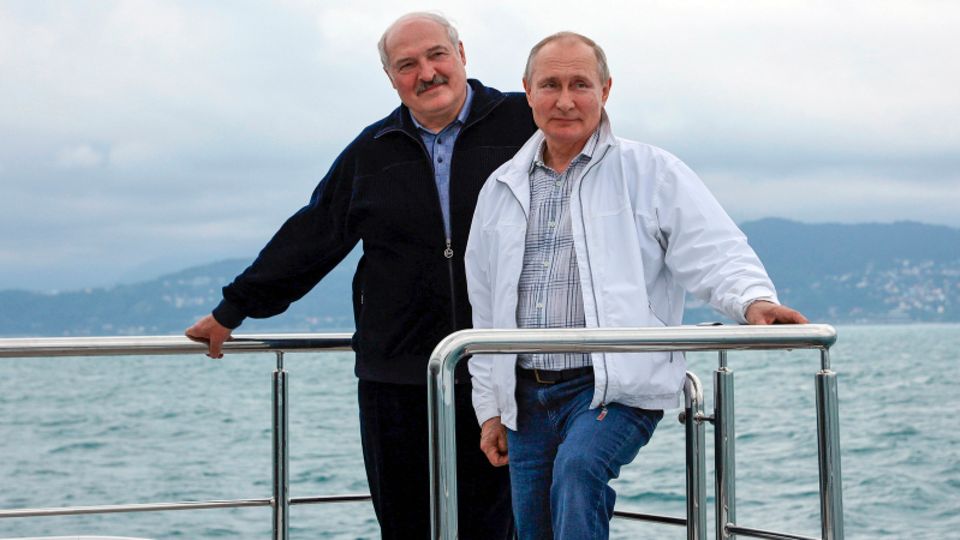Eisenhüttenstadt
Initial reception center for refugees: half comes via Russia and Belarus
Two refugees in the initial reception center in Eisenhüttenstadt
© ODD ANDERSEN
Smugglers charge refugees several thousand euros to escape. They keep changing their routes – the latest one goes via Russia to Germany.
Directly across the Polish border is Eisenhüttenstadt an initial reception center for refugees. Hundreds of people arrive at the former barracks in Brandenburg every day, and the number is rising.
Their route to Germany takes them partly via the Balkan route, but now also increasingly via Russia and Belarus. Smugglers charge thousands of euros for the journey to Germany.
“Around 100 people come here every day, seven days a week,” says Olaf Jansen, head of the immigration office in Eisenhüttenstadt, where up to 1,550 people can be accommodated in the initial reception facility. Jansen expects that there will soon be 120 a day.
Refugees in Germany: They are increasingly being trafficked via Russia
In terms of capacity utilization, he now sees a situation similar to that at the time of the refugee crisis of 2015/2016, although refugees from Ukraine who can stay in Germany without applying for asylum are also included. At the same time, over 220,000 asylum applications from other nationalities were registered across Germany from January to August. This is already more than in any year since 2016.
In Eisenhüttenstadt, half of the refugees come to Germany “via Moscow and Belarus,” says Jansen. “The other half via the so-called Balkan route, which now runs through Hungary and Slovakia and through Poland.” Smugglers charged people “3,000 to 15,000 dollars” (2,800 to 14,000 euros), “depending on how comfortable the trip is.”
The Syrian Abdulhamid Asrak came via the Balkan route. “There is war in Syria, there are bombings and no security,” says the 34-year-old, who is now applying for asylum in Germany. First he was in Turkey. But there is “a lot of racism” against Syrians there.
Asrak Schleuser paid for his escape to Germany. “From Turkey to Greece it cost $500, from Greece to Serbia it cost $1,000.” The last leg to Germany cost another $1,000.
Poland has actually been building a well-fortified border fence on the border with Belarus since 2021. Even back then, the EU accused Belarusian leader Alexander Lukashenko of deliberately wanting to trigger a refugee crisis in order to put Europeans under pressure.
Thuringia’s Interior Minister Georg Maier (SPD) recently accused Russia and Belarus of exploiting refugees. Accordingly, Syrian refugees from Turkey are flown to Russia in an “organized manner” and then reach Germany via Belarus and Poland.
“We repeatedly have indications from individual refugees that they receive specific help in overcoming the relatively well-developed Polish-Belarusian border facilities,” says Jansen. For example, they were given ladders and equipment to cut holes in the fence.
In view of the increasing number of arrivals, Federal Interior Minister Nancy Faeser (SPD) has now agreed to more joint controls with Poland and the Czech Republic in order to arrest smugglers. Jansen welcomes this: “Every smuggler who is caught means that he can no longer smuggle several dozen people.”



